If you like what you see here... please click “like” below and share this site with others you feel may be interested.
Thanks!
















If you like what you see here... please click “like” below and share this site with others you feel may be interested.
Thanks!






2/4/13
Here’s a short video update showing the status of the greenhouse in operation with a few comments from me...
http://www.youtube.com/watch?v=uKTws3F_YHo
Comment on Facebook or Gimme Feedback!


1/27/13 - Vermiculture
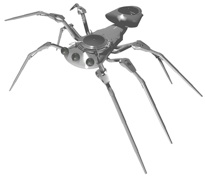


If you have not looked into red-worm composting, I encourage you to do it! It is surprisingly simple and the composting rate is remarkably increased by these little workers. The composting rate is remarkably faster than other composting methods I’ve used. Another interesting observation is that there was no “compost smell” at all from decaying proteins. When I dug up the bottom and put some of the more “mature” compost on my hand spade up to my nose it smelled just like fresh soil! What’s even better is knowing how amazing this “black gold” is for growing plants and from what, for the most part, it is composed. I don’t feel that knowing what you’re consuming can be overstated in today’s overly-synthetic simplified agricultural system we live in today. If you have a greenhouse or a garden but are not composting, you’re throwing away the best fertilizer you can get! Additionally, the compost tea that drains out the bottom is a excellent fertilizer that can be directly applied to many garden plants. I let mine drain directly into my aquaponics system to help boost the nutrient loading for the plants. Even with that I can’t get a Nitrate reading!
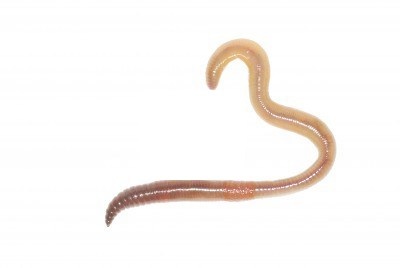

Comment on Facebook or Gimme Feedback!

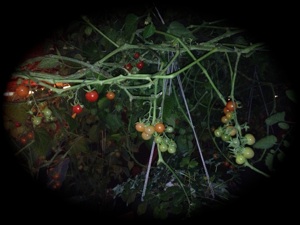




Comment on Facebook or Gimme Feedback!



Tilapia are doing extremely well although they have shown highly variable growth rates. Some of them are well over 5 inches and very robust (i.e. fat) while some are still only 1.5 inches or so. They seem to eat almost anything I throw in there including goldenberry plant leaves and strawberries. During feeding time they really go to town on their fish food and today I noticed that some of the larger ones are beginning to display more territorial behavior which could be a sign that they are ready to begin breeding.
Comment on Facebook or Gimme Feedback!


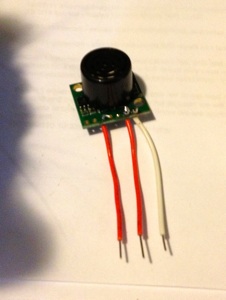
The acoustic sensor I’m using as a sump depth gauge has met with limited success. It is quite the fickle sensor and is probably a result of the humid environment it is in. Periodically it decides to quit working with no apparent reason or indication of cause. Given this unreliable nature, I wouldn’t recommend this type of setup for others and will likely move this sensor to another project or to storage for a future project. Update 1/27/13 ~ Sensor is done. I looked at it closely today and noticed that it is starting to corrode from the high humidity. Oh well,... lesson learned.
Comment on Facebook or Gimme Feedback!


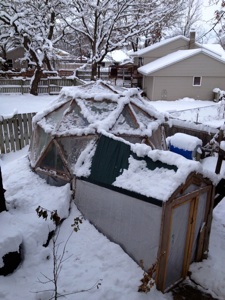
We got a nice blanket of snow last month as well which didn’t last long on the dome. Most of the snow had melted off within a day so snow loads don’t look to be a problem. Structure is holding up well and hasn’t shifted noticeably at all. The closed in foyer and split doorway entry into the dome has worked exceptionally well at keeping the warm air inside the dome from spilling out any time someone enters or leaves the dome. Temperatures inside the dome remain minimally affected by outside air temperatures due to the high thermal mass stored in the water, sand and biomass within the greenhouse.
Comment on Facebook or Gimme Feedback!

